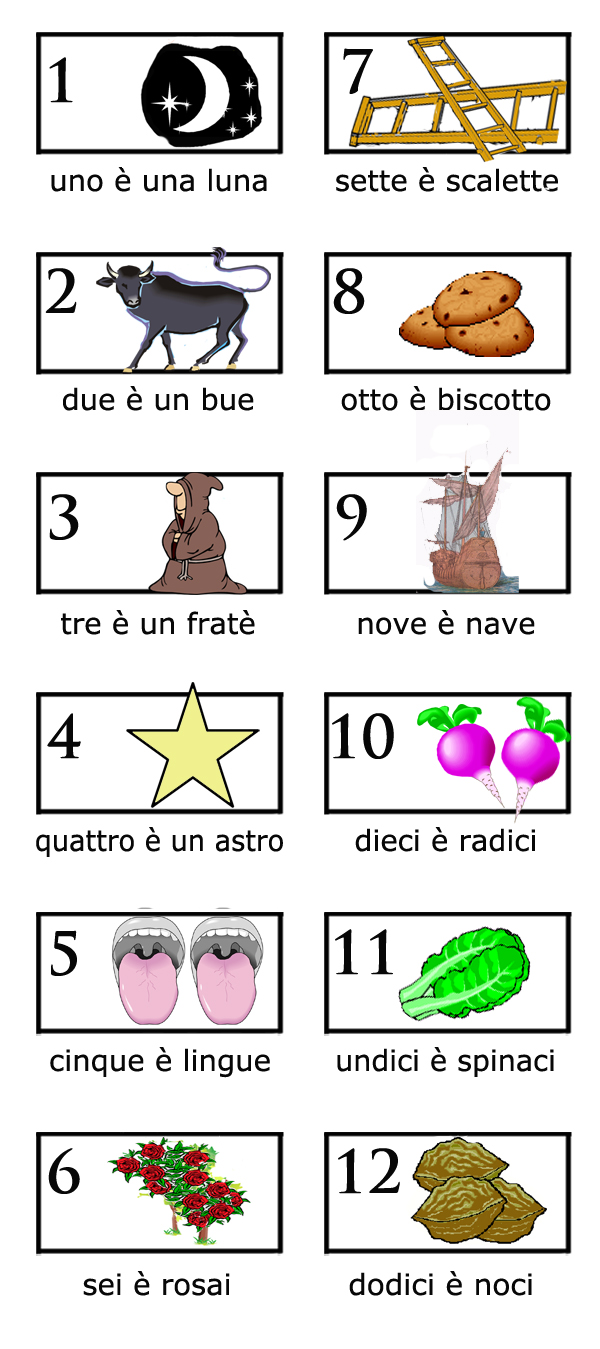Frances Yates described the memory strategy valued by the ancient Greeks and Romans as the "Art of Memory" in her widely quoted and seminal book The Art of Memory. Today we know it as the method of loci. But the Art of Memory, as those of the ancient world and those of the medieval world practiced it, is far richer than is implied by that title.
- Strategies
Everyday Strategies
- Lifestyle & Aging
Lifestyle
- Sleep & Circadian Rhythm
- Problems
Forgetting
Absentmindedness
Cognitive Impairment
- How Memory Works
Types of memory
Individual Differences
How the brain works
